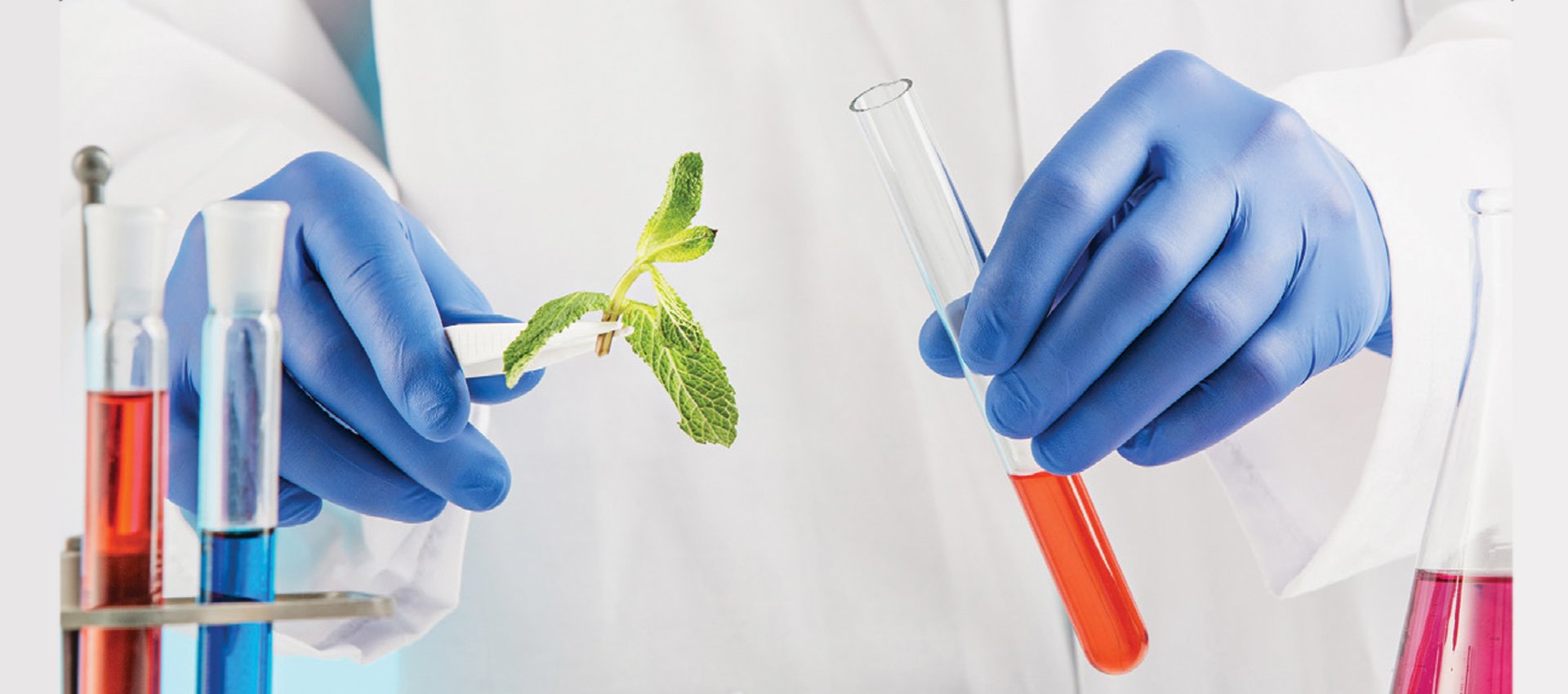Aromatic Manufacturer
One of the world’s leading aromatic manufacturers supplying the perfumery industry, based in India, has experienced extraordinary growth over the past two decades. Indeed, turnover has more than doubled every three to five years, largely driven through introduction of thirteen new products.
This fast growth led to significant augmentation of capacity and addition of product lines at its main manufacturing facility, creating a congested facility with multiple production plants and their associated storage and support units in a small area. Furthermore, since most of these processes were developed in-house, there were many process anomalies, and no external process experience could be cited as an example of how to manage such anomalies. Furthermore, many of the materials used in the manufacture of their products are volatile, flammable and/or toxic, thus increasing the criticality of process controls even further.

Streamlining and Improving Process Safety at Leading Aromatic Manufacturer
As complexity grew, so did the risk of an incident or accident. Company leadership decided to take a stand. In addressing the board about the augmented risk, the Managing Director stated, "we cannot go about our business while hurting people". They, therefore, decided to take action to reduce the risk of a process safety incident, and called on dss+ to help them in their efforts to do so.
Building a Strong Safety Culture
Although the firm had an annual revenue of under $200MM and significant capital investment commitments, the management resolved to spare no cost in scaling up and perfecting their operational processes. However, at the same time, they also realised the limitations of attempting a holistic transformation in a short time-frame, and decided to apply a staged approach, split over two phases. They first decided to work with dss+ to introduce a structured safety management system into the organisation and lay the foundation for a larger transformation. The goal of this work was to create a strong culture of safety and level of risk awareness throughout the organisation. Further, it meant to increase operational discipline within the organisation. In addition, three high risk processes were prioritised for a systems overhaul. Several level 1 and level 2 top risks were reduced to acceptable levels, in line with the organisation’s risk matrix.
The work also uncovered the potential for bigger issues in other parts of the facility to come into play than had occurred in the past. Realising that the organisation needed a rapid overhaul of systems and practices, the management decided to launch a thorough and swift intervention to improve their operational systems. They requested dss+ to ensure that the majority of the work, in this second phase, was completed within six months, and that the knowledge developed was institutionalised through an Engineering Services centre of excellence.

Reducing Process Safety Risks – Systemically
Using the risk-based approach from dss+, the processes with the most significant hazards were identified first. These were analysed to determine the scope and resources required to upgrade the system.
Through this process, dss+ identified a few other areas of improvement: technological documentation; the system used to manage modifications to the plants; and the maintenance and reliability of equipment and plant itself, as well as associated processes. dss+ also recommended a review of their emergency management processes.
Typically, such ambitious changes – changing systems, procedures, behaviours and mindsets - can take much time. However, dss+ was able to compress timelines to meet the management’s expectations, by ensuring that the knowledge and systems provided became part of the organisation, and were fully embedded.
To ensure institutional change in the limited time allocated without distracting the operations team from their business targets, a multi-disciplinary task force of skilled personnel was created to work on the improvement opportunities that were identified and act as a conduit for the transfer of knowledge from dss+ to the wider organisation. This task force was intended to subsequently form the core of the centre of excellence envisaged by the management, to ensure sustainability.
Consultants were assigned to work on each of the identified areas, under the direction of a project manager. Two to four members of the task-force worked with the consultants on each area.
Regular touch-points with dss+ consultants ensured accelerated transfer of information. The task-force assessed existing systems and codified knowledge from operating teams to fill in any gaps. They also helped implement the changes and communicate them to the rest of the company, with the guidance of dss+ consultants. In this, the lack of documented procedures and equipment specifications meant the task-force had to rely on operators’ personal experiences. dss+ consultants worked with the task-force and senior management in the firm in making these specifications more objective, and aligned with industry norms.
In addition to technical work, dss+ consultants also worked to engage the workforce and increase their risk sensitivity so as to transform the culture of the organisation. This helped create visible changes on site, and in making the management’s commitment to safety part of the operating team’s philosophy, thereby ensuring sustainability of the efforts.
This system of work was supplemented by a monthly update to the firm’s corporate management regarding project governance, the progress made, and to identify areas requiring greater attention. A system of rolling, external audits was put in place to ensure that progress made was not abandoned through individual apathy or complacency.
Six months into the second phase of work, the 14 core processes and their constituent sub-processes had been thoroughly analysed for possible hazards. Approximately 350 recommendations were made by dss+ to bring the risk down to reasonable levels. Action had been taken on 76% of the risks identified, by adding additional safeguards and modifying the plants, with the remainder in various stages of implementation. These changes were complemented by a revamped and robust management of change process which also incorporated a new digital system to track changes.
Across the facility, all technological details associated with the plants producing 14 products had been thoroughly documented including comprehensive standard operating procedures. At the same time, the maintenance and reliability system had been revamped, with 22 new procedures put in place. The emergency management systems around the facility were exhaustively assessed through the lens of 28 newly identified scenarios, with suitable response plans developed to make them more robust. As a concomitant of making the operating system robust, the current work is also expected to reduce down-time across the plant.
Conclusion:
During this journey, the company more than doubled its turnover, successfully introducing new products and sustaining its existing production without any major process incidents, thus giving the company an edge over its competitors, who unfortunately suffered significant plant down-time in the same period.
The firm's leadership recognised the value that had been created, and wanted to ensure that the knowledge was widely taken up in the organisation. As the COO exclaimed, "we need to ensure that the new knowledge is continually employed by our people going forward."
An independent audit conducted at the end of this period also confirmed this view, and the efficacy of the dedicated team approach in accelerating change. There was a paradigm shift observed by the auditors in the implementation of process safety systems across the unit. The auditors also had special praise for the management's willingness to invest in a dedicated team, without which they believed the effort would have stalled right at its inception.
Following the six months of intensive intervention, the remainder of the second phase is expected to witness continued work by the task-force, with limited intervention but regular assessment of progress by dss+. This will ensure that best-in-class operations, maintenance and reliability practices, including personnel with hands-on experience implementing them, are sustained in the operation of the company.
The knowledge, systems and procedures introduced into the company by dss+ and the task-force will form the foundation of the centre of excellence. This will ensure that the firm will be amongst the leaders in its industry in operational risk management within a couple of years of embarking upon this journey, laying the foundation for sustained growth.